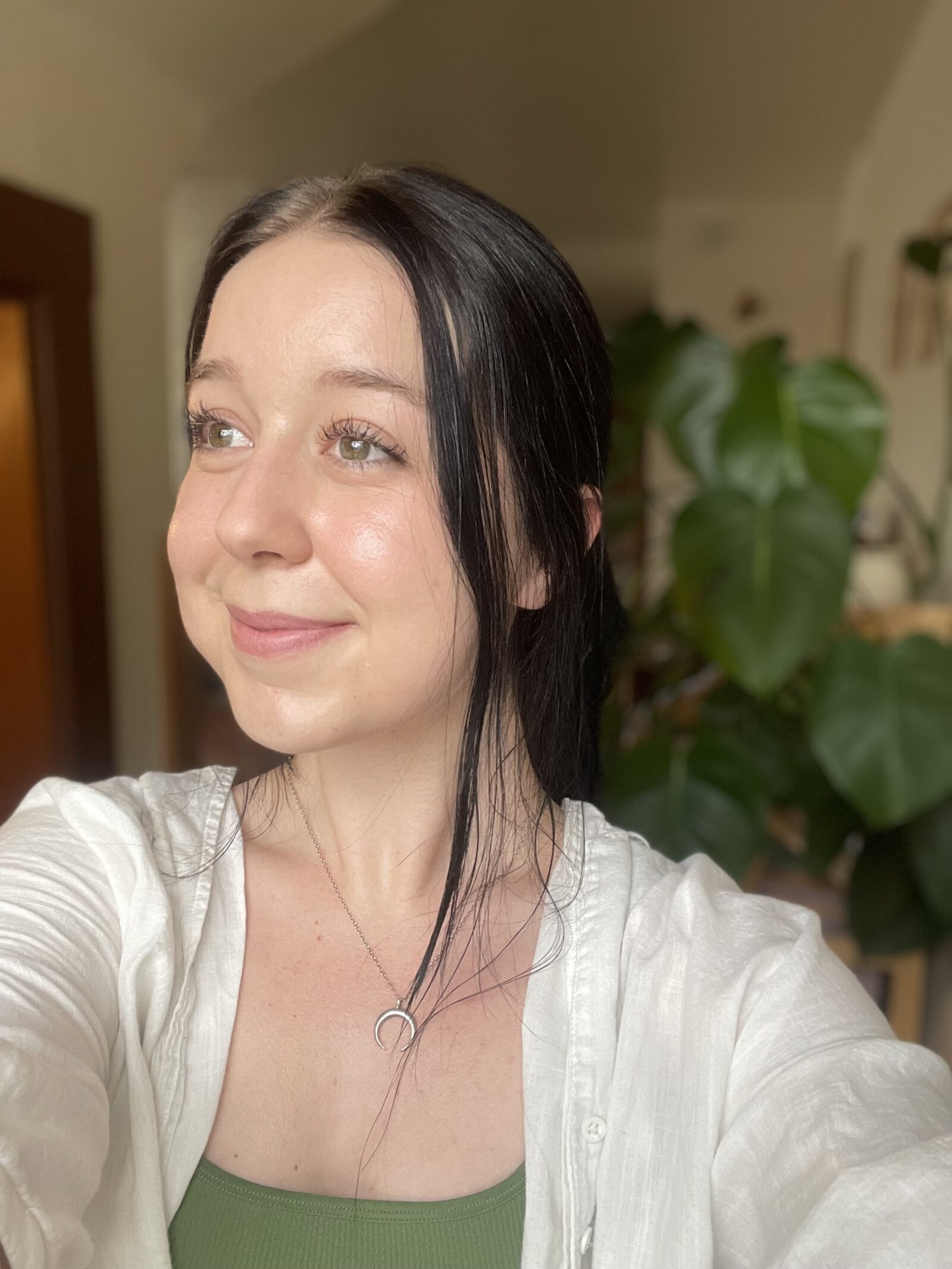Boulderite, Ku Cha Team Member and Painter Wren Cedar Has Tea Ideas for You
Wren Cedar grew up in Boulder, and enjoyed sipping the green teas her mom brewed now and again. She also was familiar with white and oolong teas, but had little experience drinking them. That was pretty much all Wren knew about tea until she started working in Ku Cha House of Tea’s downtown Boulder store three years ago.
Now she’s crazy for Camellia sinensis, and drinks it from morning across the afternoon. Given her exposure to some of the world’s finest teas, she says Ku Cha “has ruined all other forms of tea for me.” Tea bags packed with inferior tea, which describes the kind of tea most people in the United States drink, are no longer an option.
“I want tea from small farms, which is most of Ku Cha’s teas,” she says. “It’s got to be whole leaves. And I like multiple steeps, which is satisfying only when the tea is superb to begin with.”
The evolution of Wren’s tea tastes
The day Wren started at Ku Cha, the team was sampling white rose, a white tea enlivened with rose petals, rose hips and lavender. She loved it, and became an instant fan. Samples of jasmine oolong were also on tap, and again — all it took was a sip for Wren to understand the glories of green tea spiked with jasmine blossoms.
Now, she rotates through a wide variety of teas. At home, she’s lately been savoring three black teas in the morning: Yunnan Black, Keemun Ho Ya and Golden Monkey.
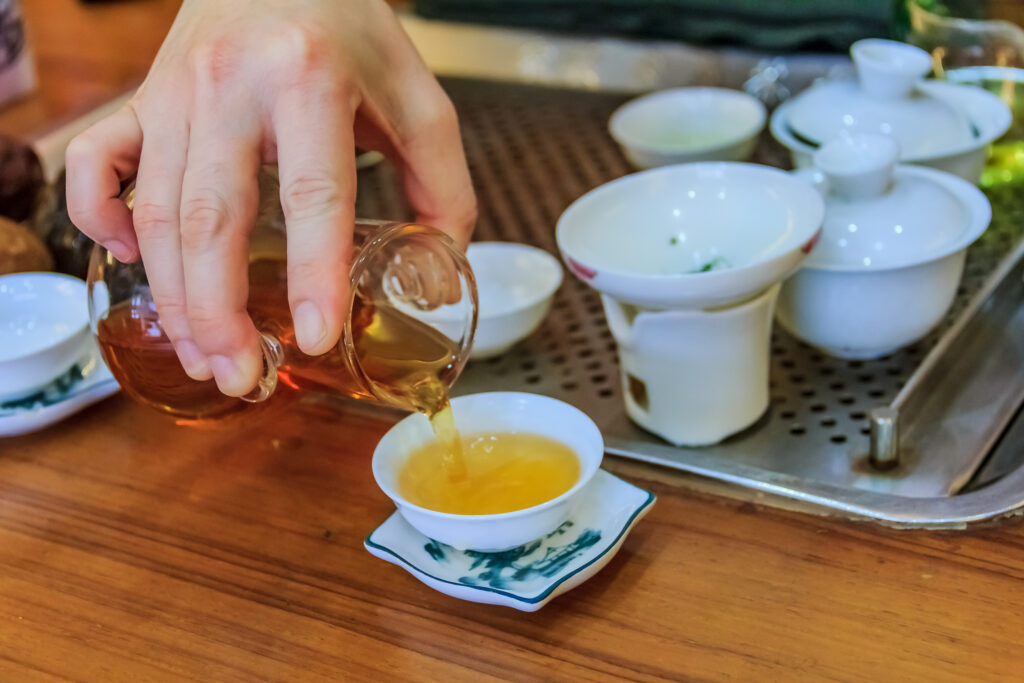
By afternoon, she will switch to preparing rock oolong teas gong fu-style, a kind of tea preparation in China that can be highly structured and ceremonial, or loose and informal. The method relies on short steeps of small amounts of tea — some steeps are as brief as 10 seconds — and incorporates multiple steepings of the same leaves. As the leaves are repeatedly brewed, they broadcast different flavors and aromas, assuming the tea is good.
As Wren uses Ku Cha rock oolongs to engage with gong fu, the high quality of the tea is guaranteed. Rock oolongs, all of which come from the Wuyi Mountains in China’s Fujian Province, are outstanding.
“They are my favorites, hands down,” says Wren. “The flavor is great, but I also drink them when I want something not too caffeinated that will still keep my brain engaged.”
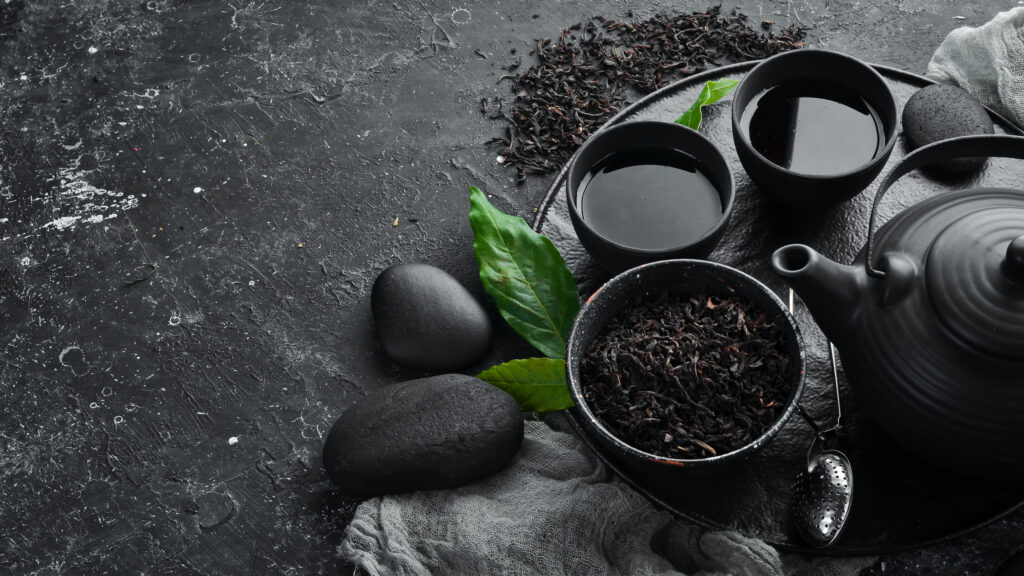
Introducing fine teas to newbies
When people enter Ku Cha and have little experience beyond supermarket black teas, or are looking to replace coffee with tea, Wren recommends they first try Chinese black tea. The tea in most supermarket bags is black tea from India, which is bitter and bold. Chinese black tea is a touch sweeter and more delicate. Then she suggests trying white and oolong teas. Coming up last — green tea. She has found that people often need to ease into green tea, as the flavors are much different the kinds of standard black teas found on supermarket shelves.
Caffeine and tea
The most common question among customers? Caffeine levels in tea. Many people want a little caffeine, but find coffee and energy drinks make them too jittery, given their high quotients of caffeine.
Wren’s answer: All tea leaves contain the same amount of caffeine. It’s the growing and post-harvest processes that determine how much caffeine is found in each style. Either way, all tea contains less caffeine than coffee: a cup of brewed green tea, for example, has about 28 milligrams of caffeine, and the caffeine quotient in a cup of brewed coffee is 96 milligrams.
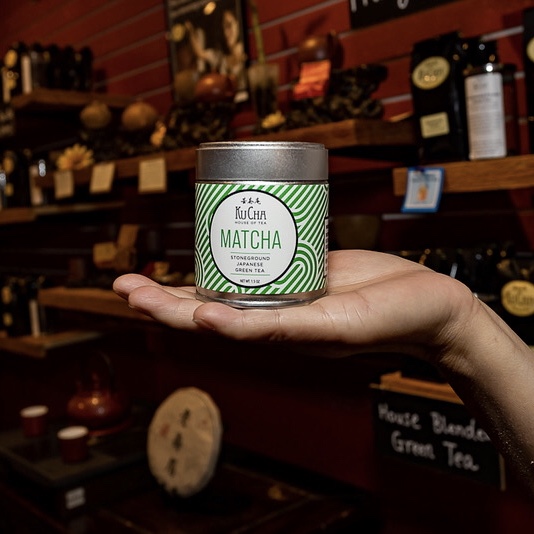
One tea, matcha, stands apart for its high caffeine levels. Matcha is brewed from powdered tea leaves, meaning sippers are consuming the entire leaves, rather than just brews made from them. As a result, a serving of matcha has about 70 milligrams of caffeine.
When Wren isn’t working at Ku Cha, you can find her painting with watercolors, often of natural things: mountains, trees, the moon. She also reads a ton — right now, she’s finishing a book called Braiding Sweetgrass: Indigenous Wisdom, Scientific Knowledge, and the Teachings of Plants by Robin Wall Kimmerer. She also digs the podcast Art Holes, which dives deep into art history.
What else does Wren enjoy? Tea! Read on for three of her favorites.
Wren’s Teas: Golden Monkey
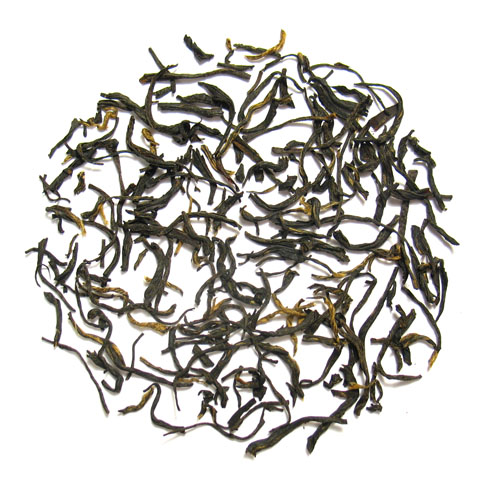
We carry a huge variety of black teas at Ku Cha, and Golden Monkey stands as a favorite — both among Team Ku Cha as well as customers. The tea, from China’s Fujian Province, is smooth and sweet, with long, elongated leaves that present black and gold colors.
“It’s a beautiful malty black tea, with rich, chocolatey flavors and a natural sweetness,” says Wren.
To return to one of Wren’s earlier points, this is a wonderful tea for people who already like standard supermarket black tea, but want to try something different — and better! It carries some of black tea’s characteristics, but it’s also much more refined and complex. Golden Monkey is easy to love, too.
Wren’s Teas: Rou Gui Rock Oolong
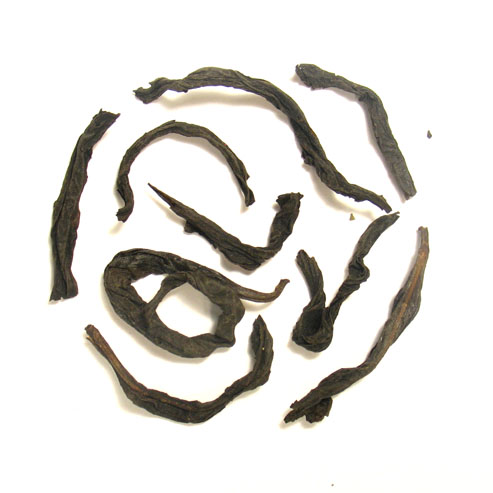
“Rock oolongs are so beautiful, with a natural sweetness. You don’t have to add anything to them,” says Wren. “Low in caffeine, easy on the stomach, they are excellent for promoting concentrating, studying, or having a day of painting. They also have a nice, roasty flavor.”
Like all rock oolongs, Rou Gui comes from the Wuyi Mountains in China’s Fujian Province. Rou Gui brews a burnt amber color, and offers distinct cinnamon flavors, even though the only thing in the brew is tea leaves. In addition, this Rou Gui offers the gravely textures for which rock oolongs are famous. Among our rock oolong selection, Rou Gui is the richest and darkest.
Wren’s Teas: Rooibos Truffle
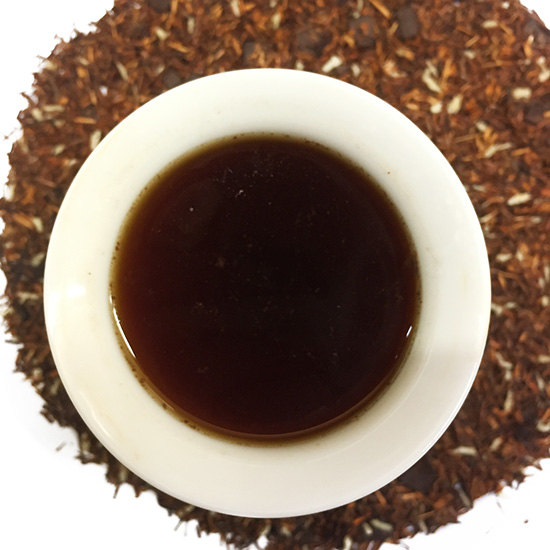
This is one of Wren’s treats for the end of her work shift, a warm mug of this chocolatey marvel.
“It reminds me of one of those chocolate coconut truffles you find in Valentine’s Day boxes,” says Wren.
The base of the tea, rooibos, is a caffeine-free shrub common across South Africa that gets brewed into healthy tea. It’s a constant beverage companion for South Africans, but it’s deliciousness and health properties — rooibos is packed with free radical-fighting electrolytes — have helped it grow in popularity around the world.
Our Rooibos Truffle combines rooibos with real coconut and actual piece of dark chocolate. Once brewed, it is creamy, dreamy and rich.

